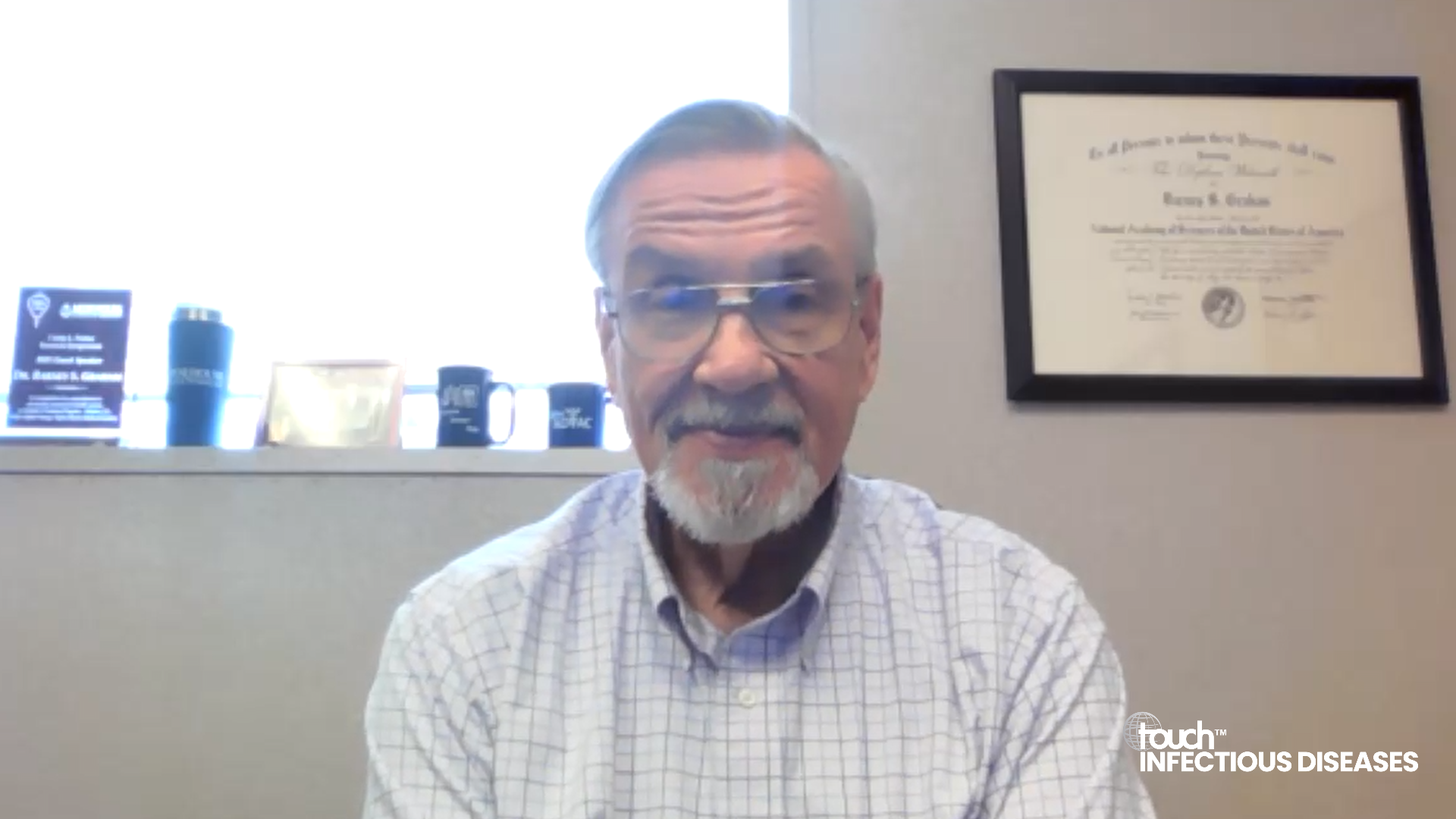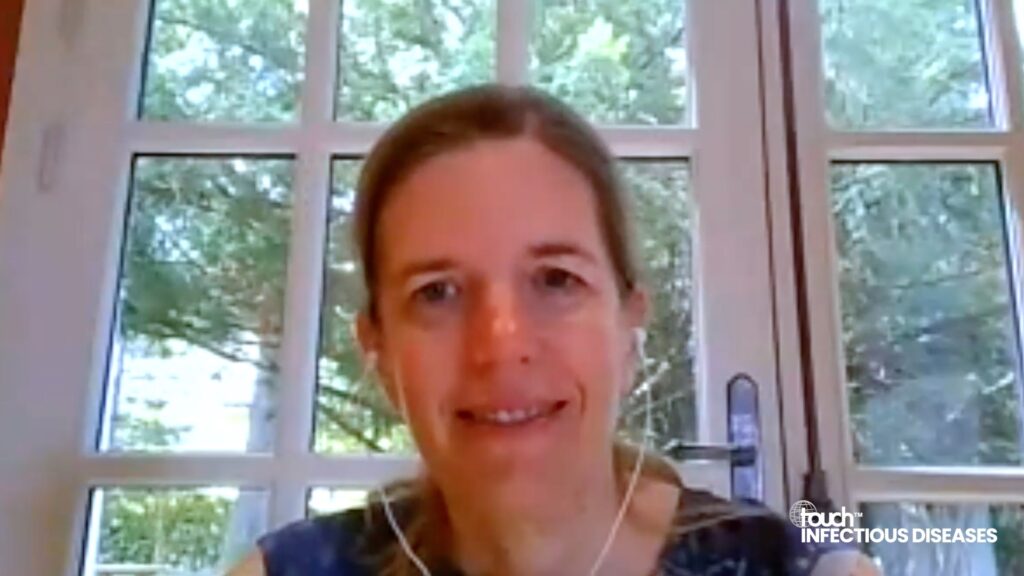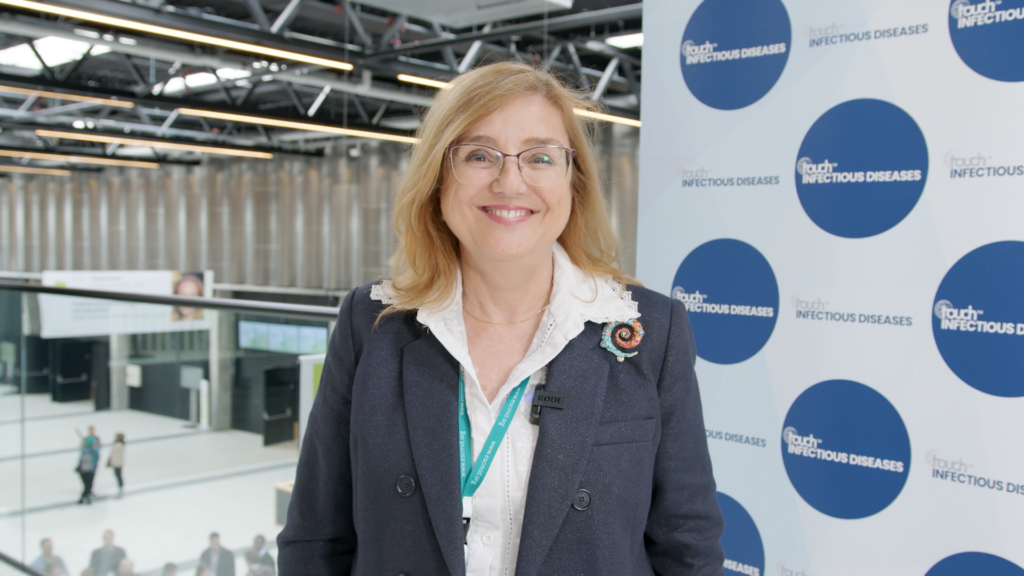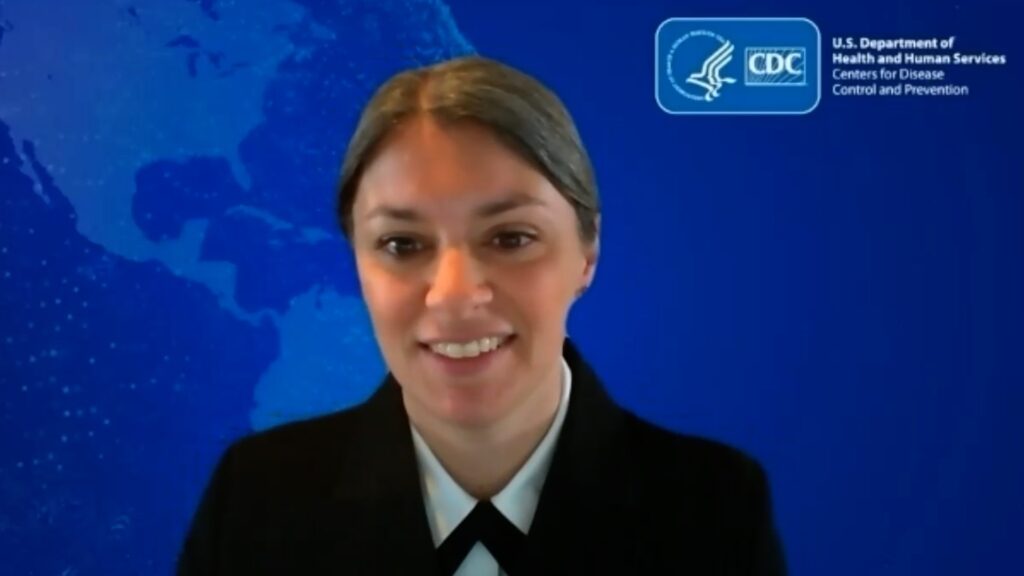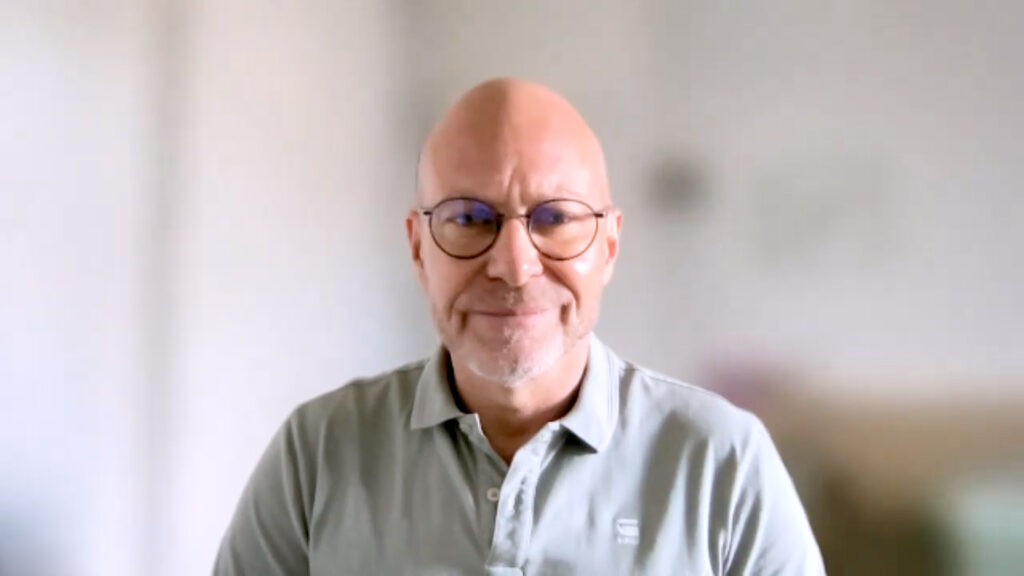touchINFECTIOUS DISEASES coverage of data presented at CROI 2024
HIV vaccine development harnesses breakthroughs in structure-based antigen design, sequencing, and single-cell analysis to create potent vaccines. Prof. Barney Graham, Professor of Medicine, Microbiology, Chemistry and Immunology, Morehouse School of Medicine in Atlanta, Georgia, USA explores advances reported at CROI 2024, emphasizing advances in targeting antibody lineages and augmenting CD8+ T cell responses, and highlighting sustaining funding models for HIV research and it’s imperativeness for addressing broader public health issues.
Disclosures: Barney Graham is a consultant for Pfizer, AstraZeneca, GSK, and ExeVir; is on the advisory board for VaxCo, Inc., and Third Rock Foundry; and is also an inventor on patents for RSV, COVID, influenza, Nipah virus, Ebola vaccines, or monoclonal antibodies or both.
This content has been developed independently by Touch Medical Media for touchINFECTIOUS DISEASES and is not affiliated with the Conference of Retroviruses and Opportunistic Infections (CROI). Unapproved products or unapproved uses of approved products may be discussed by the faculty; these situations may reflect the approval status in one or more jurisdictions. No endorsement of unapproved products or unapproved uses is either made or implied by mention of these products or uses by Touch Medical Media or any sponsor. Views expressed are the speaker’s own and do not necessarily reflect the views of Touch Medical Media.
Transcript:
I’m Barney Graham. I’m Professor of Medicine, Microbiology, Chemistry and Immunology at Morehouse School of Medicine in Atlanta, Georgia, USA. I’m also the Director of the David Satcher Global Health Equity Institute.
What were the key insights or advancements in HIV vaccinology discussed at CROI 2024?
The talk I gave at CROI 2024 focused on how HIV research has created the foundation for modern vaccinology and I think most people are aware of some of the big successes we’ve had in vaccine development over the last few years, even though we still don’t have a HIV vaccine. Because of HIV and because of the effort and some of the promptings by Dr. Bernard N. Fields, included in the lecture I gave, the the effort in HIV has driven virology and immunology to more fundamental levels in an established a number of new technologies. In my opinion, the chief among them is, just the ability to achieve structures of glycoproteins, which are usually the targets for antiviral vaccines.
So the ability to define atomic level structures of envelope on HIV, led to the same tools that were used to solve the structures of the RSVF glycoprotein or the coronavirus spike glycoprotein, and now a number of other pyramixovirus and other viral proteins that are targets for vaccines. So that structure based vaccine development or antigen design is really a fundamental core feature of modern vaccinology.
The other things that have happened because of the need for more sequence information, is that HIV research is largely driven the rapid or next gen sequencing technologies. This has allowed better surveillance, better understanding of a viral evolution, and the development of new subtypes, serotypes, and genotypes that happened during the SARS CoV-2 pandemic – that technology was all really driven by HIV.
The other thing, is this single cell analysis. The ability to use probes like the spike protein probes, envelope probes, to do single cell analysis on B cells that are responding to an infection has allowed rapid discovery of new human monoclonal antibodies. It’s also been the the driving force behind understanding antibody lineages/B cell lineages that have become a core strategy in HIV vaccine development, which is targeting particular antibody limit lineage and listening germ line responses. So the work that Bill Sheaf and others have done to target the antibody of the germline sequence for the VRC01 like antibodies that seek binding site antibodies that have broad neutralization – a lot of that’s come because of advances in flow cytometry and single cell analysis and sequencing single individual cells.
So all of those things, and a lot more – I don’t wanna list all of them because it’s really quite a long list, but to me, those those are the main ones, the structure, the ability to achieve high throughput sequencing, and the ability to do single cell analysis of them are at the root of a lot of of these advances.
Can you discuss any promising vaccine candidates or platforms highlighted at CROI 2024, and what potential impact do you foresee these advancements having on HIV prevention efforts?
We’ve been at vaccine development for HIV since the mid 1980’s, and we’ve gone through some highs and lows. We thought neutralizing antibodies were going be the solution, but we then realized we weren’t even measuring neutralizing activity against the right type of virus – so all of that effort shifted in the mid 90s to T cell inducing vaccines, which were evaluated and and then failed. So there’s been quite a lot of, stopping and starting in HIV vaccine development. However, in the last ten years or so, developments such as using both a structure based antigen design, some of the main social constructs of envelope, stabilizing a lot of the parts that are conformationally variable.
So structure based design, and then as I mentioned, targeting antibody lineages that have a chance to become broadly neutralizing antibodies. So designing antigens using a top atomic level structure information to elicit germ line specific B cell responses. As those kinds of techniques, technologies or concepts are gradually going toward a place they may have a chance of success.
There’s also been advances in using new delivery approaches to generate better CDAT cell responses, and so if we can use structure in germline targeting to elicit the right antibody responses, and then if we can achieve a robust CD18 cell responses, we’re going in the right direction. I think there’s still some real, difficult problems around, understanding how to overcome, immunodominance or to elicit antibody responses to sub dominant epitopes that have a chance of being more broadening and cross reacting. That’s a problem also in influenza and hepatitis C and other kinds of variable virus vaccine efforts.
I’m just hoping that there’ll be immunology breakthroughs that would also solve those kinds of problems. Understanding how to elicit a B cell with the right specificity even down to the low angle of binding with the right phenotype, I think it’s going to grow out of out of our current technology. Trying to overcome that glycine shield envelope, where the right antibody response is, will be challenging, and eliciting an immunity in the right place in the mucosa is gonna be challenging. But along several fronts, I think there’s been advances made.
How important is it for researchers and policymakers to continue investing in vaccine research and development, and how do you foresee the future evolving?
Due to the nature and biology of HIV, it is possibly the hardest virus to ever have to make a vaccine, and so as I described in that lecture at CROI, many of our advances in areas like RSV and coronavirus, have come about because of HIV research on vaccine technologies,. Therefore, continuing to invest in HIV, which has the problem of antigenic variation and all these things that make influenza and hepatitis C vaccines difficult to create, and that requires strong CDAT cell responses that may be important.
Also for vaccines, TB, and malaria, continuing to invest heavily in trying to make an HIV vaccine will solve many of our other vaccine questions including even maybe not to understand immunity for better immunity against neoplasms or cancer. There has been a gradual complacency among policy makers and funders to to support HIV research. It it feels like we are becoming used to having HIV with us, but HIV is still a terrible problem. I say funding and focusing on investing in HIV research will solve many other problems beyond HIV, and I would strongly encourage policy makers and funders to continue efforts on HIV research.
Interviewer/Editor: Katey Gabrysch
Cite: Graham B. HIV vaccine advances: insights from CROI 2024. touchINFECTIOUSDISEASES, March 26 2024.

